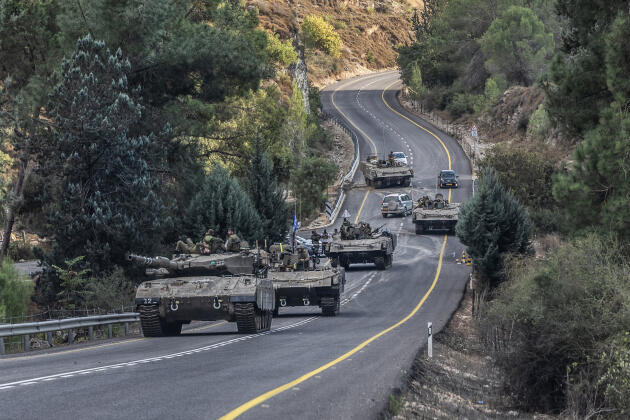Daniel Pipes Reflects on Modern Warfare
Summarized by Deanna Linder
Warfare has significantly changed in the past sixty years. Many of the traditional attributes are no longer present, and there have been fundamental changes in the aftermath of World War I. Seven major changes characterize the transformation of modern warfare.
The first of these changes can be seen in the changing character of victory. Victory used to be simple and straightforward, whereas now it is more complicated. The 18th century battlefield was a clear two-sided battle with a clear defeat and victory. Today many examples can be found which display the absence of the concept of victory. In three of the major conflicts we are dealing with today, the Arab-Israeli conflict, the Iraq war, and the “war on terror,” the goal is not to defeat an enemy but instead to find a solution. We see a shift towards compromise and negotiations taking the place of traditional victory. The implication of this change is the lengthening of wars, because only when one side “wins” will a war end.
The second of these changes is the shift from symmetric warfare to asymmetric warfare. Warfare used to be the clash of two armies, whereas today it is unbalanced; a powerful force is up against a significantly less powerful one. The outcome has been a rise in insurgency and low intensity conflict. This change implies that traditional warfare is less significant, as territory has become less of an issue.
The third change is a rise in the confidence of the great power, which increasingly takes on the duties of “policing.” Today, the great power tends to be very confident of the outcome, whereas it used to be unclear who would win. We see today that the stronger side is inclined to take on the qualities of a police force, searching for intelligence on fugitives on the run (Osama, Saddam). The key question today is: how is the war carried out? Victim’s rights are critical, as is the welfare of the enemy population. This transformation makes it more difficult for powers to engage in warfare.
The fourth change is characterized by the alteration of the nature of the enemy. Previously, war was conducted by countries fighting against other countries. Today, regimes are the enemy, and the enemy populations are seen as potential allies. For the first time in the history of warfare, American planes left for Afghanistan with some planes carrying bombs while others carried food. Another example of this can be seen in the health care given to Iraqis, which is equal to that given to coalition soldiers. This change implies that non-combatant casualties on the ‘enemy’ side are seen as an advantage to the enemy regime..
The fifth change reflects a transformation in the consideration of enemy aggression. Formerly the reasons for enemy aggression were traditionally unimportant; there was no consideration regarding the psychology, motivations, circumstances, etc., of the enemy. Today, the improvement of circumstances of the enemy population is crucial. The implication in this change is the decreasing likelihood of defeat due to the building up of the enemy population as opposed to the repletion of deprivation of its resources.
The sixth change sees a switch from the former norm of “losers” paying reparations, to the assumption that when the victors defeat the enemy, they will pay the “loser” reparations. In 2002, U.S. aid to Afghanistan was increased from three million dollars to 300 million; this year the U.S. plans to give Iraq 18.2 billion in aid. This implies that when a Western power goes to war it needs to worry about the welfare of the defeated: “You break it you pay for it”.
The final change is distinguished by the shift in the characterization of allegiance, from geographical to political. Whereas allegiance was previously based on proximity, today it is a matter of choice. This results in governments no longer assuming the allegiance of their population; they are forced to take measures to win their allegiance.
Conclusion
War is undergoing profound changes, as it is becoming more murky and indistinct. A single theme which runs through each one of these changes is the difficulty in attaining defeat and closure, therefore leading to the lengthening of wars.






